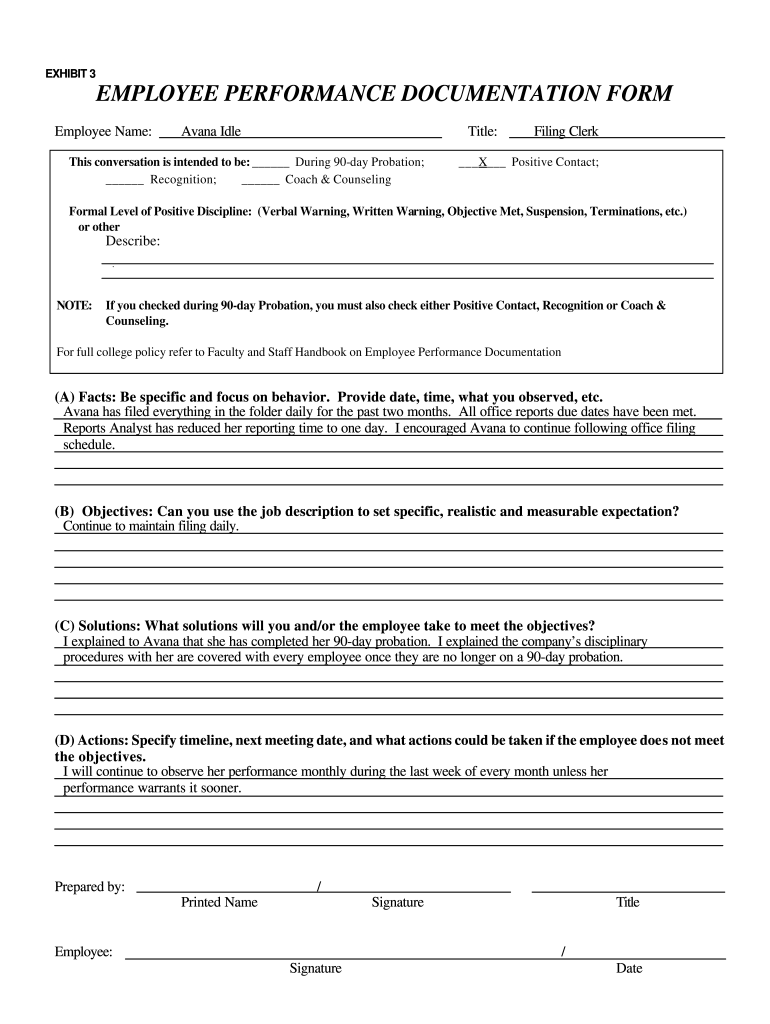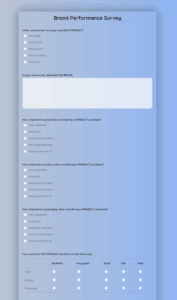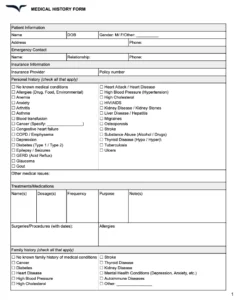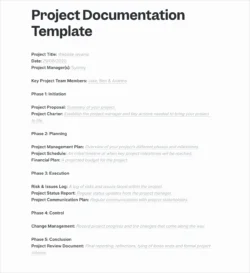Let’s face it, managing employees isn’t always sunshine and rainbows. Sometimes, you encounter behaviors that need to be addressed, corrected, and, most importantly, documented. But where do you even begin? How do you ensure you’re being fair, consistent, and legally compliant when recording employee conduct? That’s where an employee behavior documentation template comes in handy. It’s your roadmap to navigate those tricky situations and create a clear, concise record of events.

Think of it like this: a well-structured employee behavior documentation template isn’t just about protecting your company; it’s also about protecting your employees. It provides a framework for clear communication, sets expectations, and offers a fair opportunity for improvement. It’s a tool that promotes transparency and helps create a more productive and positive work environment. Without a proper template, you risk inconsistencies, misinterpretations, and potentially even legal challenges down the road.
In this article, we’ll dive deep into the world of employee behavior documentation. We’ll explore why it’s so crucial, what elements should be included in your template, and how to use it effectively. We’ll provide guidance on crafting clear and objective observations, ensuring fairness and consistency, and ultimately, building a stronger, more legally sound approach to employee management.
Why is Employee Behavior Documentation So Important?
Employee behavior documentation is more than just creating a paper trail; it’s a fundamental practice for responsible and effective management. Think of it as building a strong foundation for your workplace. It serves multiple crucial purposes, impacting everything from day-to-day operations to potential legal ramifications.
Firstly, consistent documentation fosters fairness and transparency. By having a standardized process, you ensure that all employees are held to the same standards and that any disciplinary actions are based on documented evidence, not personal feelings or biases. This promotes a sense of trust and equity within the team, leading to improved morale and reduced conflict. Imagine trying to address an issue without any documented evidence – it quickly becomes a “he said, she said” situation, making it incredibly difficult to resolve fairly.
Secondly, documenting employee behavior helps protect your company from potential legal challenges. In today’s litigious environment, having accurate and thorough records is essential. If you ever face a lawsuit related to termination, discrimination, or other employment-related issues, your documentation will serve as crucial evidence to support your actions. A well-documented history can demonstrate that you followed proper procedures, provided warnings and opportunities for improvement, and made decisions based on legitimate business reasons. Ignoring this aspect can be a costly mistake.
Thirdly, it facilitates performance improvement. Documentation isn’t solely about negative behaviors. It can also be used to track positive contributions, identify areas for growth, and provide constructive feedback. By documenting both strengths and weaknesses, you can create a more holistic view of an employee’s performance and develop targeted development plans. This not only benefits the employee but also helps the company as a whole by improving overall productivity and efficiency.
Finally, a clear and well-maintained employee behavior documentation template helps maintain consistency across the organization. Managers are able to follow a standardized process and it ensures that similar behaviors are addressed in a similar manner, regardless of which department or team the employee belongs to. This consistency is key to creating a fair and equitable workplace culture. Think of it as a blueprint for how your company addresses employee conduct – everyone is working from the same plan.
Key Elements of an Effective Employee Behavior Documentation Template
Now that you understand the importance of employee behavior documentation, let’s break down the essential components of a robust template. A well-designed template will guide you through the process, ensuring you capture all the necessary information in a clear, objective, and legally sound manner. It should be easy to use, comprehensive, and adaptable to a variety of situations.
First and foremost, the template should include basic employee information, such as their name, job title, department, and date of hire. This ensures accurate identification and helps to establish a clear record of their employment history within the company. It may also include the name and title of the person completing the documentation (e.g. the manager).
Next, the core of the template should focus on the specific behavior being documented. This section should include the date, time, and location of the incident, as well as a detailed and objective description of what occurred. Avoid using subjective language or making assumptions about the employee’s intent. Instead, focus on observable facts and concrete actions. For example, instead of writing “John was being disrespectful,” write “John raised his voice and interrupted Mary during the meeting.”
The template should also include a space to document any relevant context surrounding the incident. This might include information about prior warnings, relevant company policies, or any mitigating factors that may have contributed to the behavior. Providing context helps to create a more complete picture of the situation and ensures that all relevant information is considered.
Furthermore, the template should include a section for documenting any actions taken as a result of the behavior, such as verbal warnings, written warnings, performance improvement plans, or disciplinary actions. This section should also include the date the action was taken and any follow-up steps that are planned. This demonstrates that you’ve taken appropriate steps to address the behavior and provide the employee with an opportunity to improve.
Finally, and crucially, the template should include a space for both the manager and the employee to sign and date the document. The employee’s signature acknowledges that they have received and reviewed the documentation, although it does not necessarily indicate that they agree with its contents. It is also important to note that, if the employee refuses to sign, the manager should note this on the document along with the date and time. This creates a verifiable record of the interaction. With these essential elements, your employee behavior documentation template will be a powerful tool for managing employee performance and mitigating legal risks.
Effective employee management requires a commitment to fairness, consistency, and clear communication. Developing and using an employee behavior documentation template is a significant step towards achieving these goals, creating a better work environment for everyone involved.
By proactively addressing and documenting employee behavior, you are not only protecting your business but also investing in the growth and development of your team, building a stronger and more successful company in the long run.



